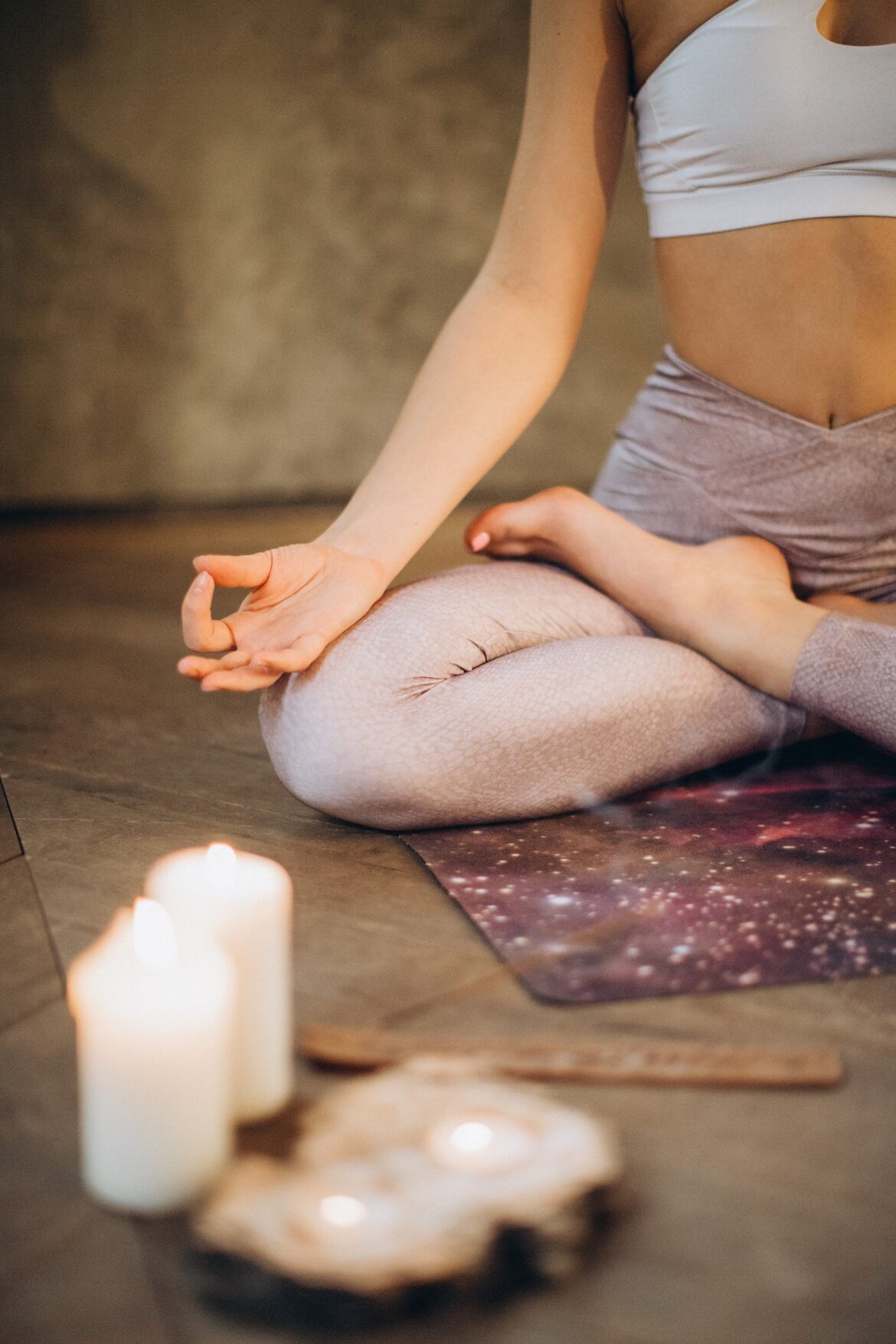In our modern, fast-paced world, finding moments of peace and stillness can feel like a luxury. However, by incorporating mindful movement practices such as yoga and meditation into our daily routines, we can cultivate greater physical and mental well-being, enhance our resilience to stress, and find greater balance and harmony in our lives. In this article, we’ll explore the benefits of mindful movement, particularly through yoga and meditation, and how integrating these practices can promote holistic health and vitality.
Understanding Mindful Movement: Yoga and Meditation
Mindful movement encompasses practices that engage both the body and mind, promoting present moment awareness, and cultivating a deeper connection to ourselves and the world around us. Yoga and meditation are two powerful forms of mindful movement that offer numerous physical, mental, and emotional benefits.
Benefits of Mindful Movement for Physical and Mental Health
- Improved Flexibility and Strength: Mindful movement practices such as yoga help improve flexibility, mobility, and strength, promoting overall physical health and reducing the risk of injury.
- Stress Reduction: Mindful movement reduces stress by promoting relaxation, deep breathing, and a sense of calm and tranquility in the body and mind. Regular practice can help lower levels of cortisol, the stress hormone, and promote greater resilience to stressors in daily life.
- Enhanced Mental Clarity and Focus: Mindful movement practices such as meditation improve mental clarity, focus, and concentration, allowing us to be more present and attentive in our daily activities.
- Emotional Regulation: Mindful movement practices promote emotional regulation by increasing self-awareness, self-compassion, and acceptance of our thoughts and feelings, helping us navigate the ups and downs of life with greater ease and equanimity.
Integrating Yoga and Meditation into Your Daily Routine
- Start with Small Steps: Begin by incorporating short yoga or meditation sessions into your daily routine, starting with just a few minutes each day and gradually increasing the duration as you become more comfortable.
- Set Realistic Goals: Set realistic goals for your mindful movement practice, taking into account your current fitness level, schedule, and preferences. Focus on consistency and gradual progress rather than perfection.
- Find What Works for You: Explore different styles of yoga and meditation to find what resonates with you and fits your unique needs and preferences. Whether it’s a gentle flow, restorative practice, or guided meditation, find what brings you joy and peace.
- Create a Sacred Space: Set up a dedicated space in your home for yoga and meditation practice, free from distractions and interruptions. Fill the space with calming elements such as candles, cushions, or incense to create a serene and inviting environment.
Conclusion
In conclusion, mindful movement practices such as yoga and meditation offer powerful tools for enhancing physical and mental health, promoting relaxation, and cultivating greater presence and well-being in our lives. By integrating these practices into our daily routines, we can reduce stress, improve flexibility and strength, and foster a deeper connection to ourselves and the world around us. As we commit to regular practice and prioritize self-care and well-being, we can experience the transformative benefits of mindful movement in our lives.
Keywords: Mindful movement, yoga, meditation, physical health, mental health, stress reduction, holistic well-being.



